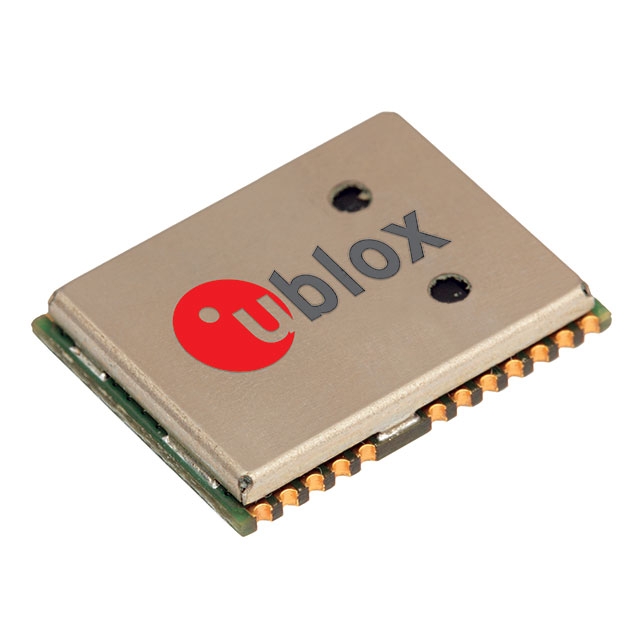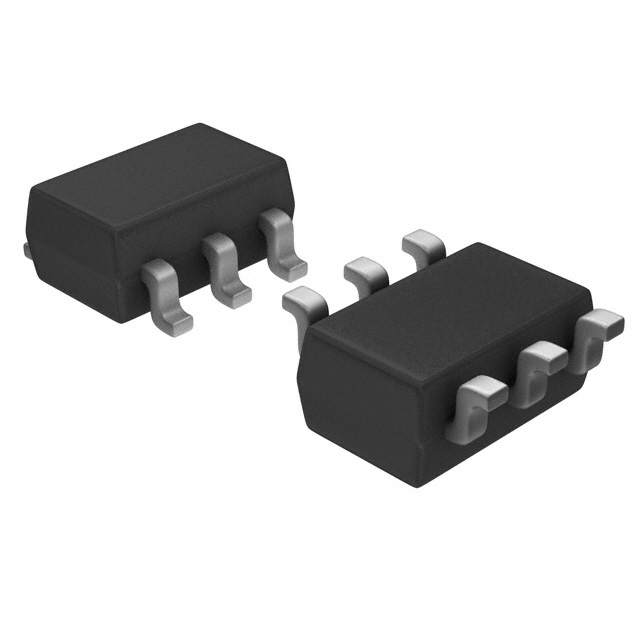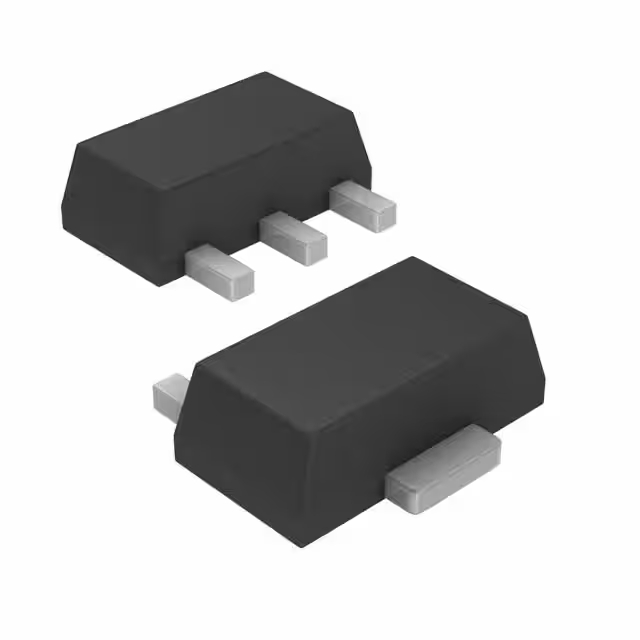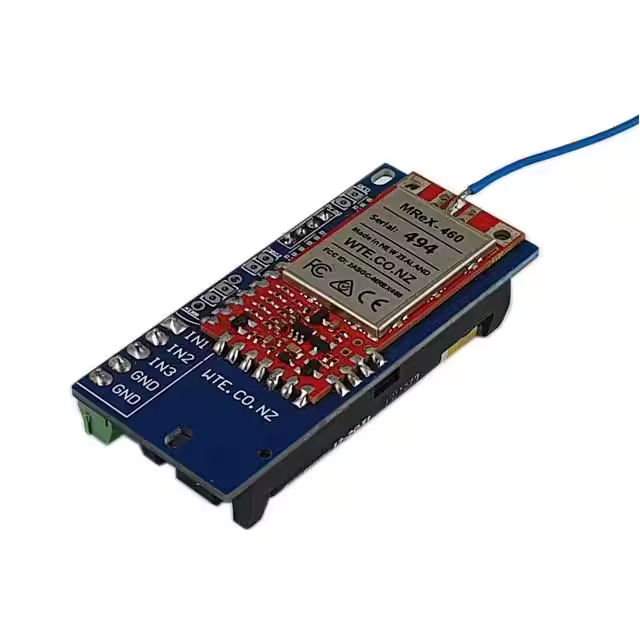NEO-M8N-0 datasheet, price & pinout
- 調製或協定: 北斗、伽利略、格洛納斯、GNSS、GPS
- 應用: 一般
- 資料介面: I2C, SPI, UART, USB
- 包裹: 24-SMD模組

訂單滿 HK$250.00 即可享有免運

快速回應,快速報價

閃電出貨,售後無憂

原廠通路,正品保證
A NEO-M8N GPS Module with U-Blox U-Center PPS Setup and Test
NEO-M8N-0 pinout

The NEO-M8N-0 module from u-blox features a versatile set of 24 pins that support multiple interfaces and power configurations. These pins include support for UART, SPI, I²C (DDC), USB, and dedicated GNSS functionality, allowing flexible integration into a variety of positioning and navigation applications. Understanding the pinout is crucial for proper connection, signal routing, and power management in embedded systems.
| No. | 姓名 | PIO No. | 輸入/輸出 | 描述 |
|---|---|---|---|---|
| 1 | SAFEBOOT_N | – | 我 | SAFEBOOT_N (for future service, updates and reconfiguration, leave OPEN) |
| 2 | D_SEL | – | 我 | Interface select |
| 3 | TIMEPULSE | 11 | 哦 | Time pulse (1PPS) |
| 4 | EXTINT | 13 | 我 | External interrupt pin |
| 5 | USB_DM | – | 輸入/輸出 | USB data |
| 6 | USB_DP | – | 輸入/輸出 | USB data |
| 7 | VDD_USB | – | 我 | USB supply |
| 8 | RESET_N | – | 我 | RESET_N |
| 9 | VCC_RF | – | 哦 | Output voltage RF section |
| 10 | 接地 | – | 我 | 地面 |
| 11 | RF_IN | – | 我 | GNSS signal input |
| 12 | 接地 | – | – | 地面 |
| 13 | 接地 | – | – | 地面 |
| 14 | LNA_EN / Reserved | 16 | 哦 | LNA_EN (NEO-M8N/Q/J): Antenna/LNA control; Reserved (NEO-M8M): Reserved |
| 15 | Reserved | – | – | Reserved |
| 16 | Reserved | – | – | Reserved |
| 17 | Reserved | – | – | Reserved |
| 18 | SDA / SPI CS_N | 9 | 輸入/輸出 | DDC data if D_SEL =1 (or open); SPI chip select if D_SEL = 0 |
| 19 | SCL / SPI CLK | 8 | 輸入/輸出 | DDC clock if D_SEL =1 (or open); SPI clock if D_SEL = 0 |
| 20 | TXD / SPI MISO | 6 | 哦 | Serial port if D_SEL =1 (or open); SPI MISO if D_SEL = 0 |
| 21 | RXD / SPI MOSI | 7 | 我 | Serial port if D_SEL =1 (or open); SPI MOSI if D_SEL = 0 |
| 22 | V_BCKP | – | 我 | Backup voltage supply |
| 23 | 電壓控制電路 | – | 我 | Supply voltage |
| 24 | 接地 | – | – | 地面 |
This comprehensive pinout mapping of the NEO-M8N-0 ensures reliable interfacing with external components such as antennas, microcontrollers, and USB hosts. Developers should pay close attention to power supply lines, reserved pins, and configuration options (such as D_SEL) to optimize the module’s performance. Proper implementation of the pin functions enhances stability and maximizes the GNSS module’s accuracy and responsiveness.


















